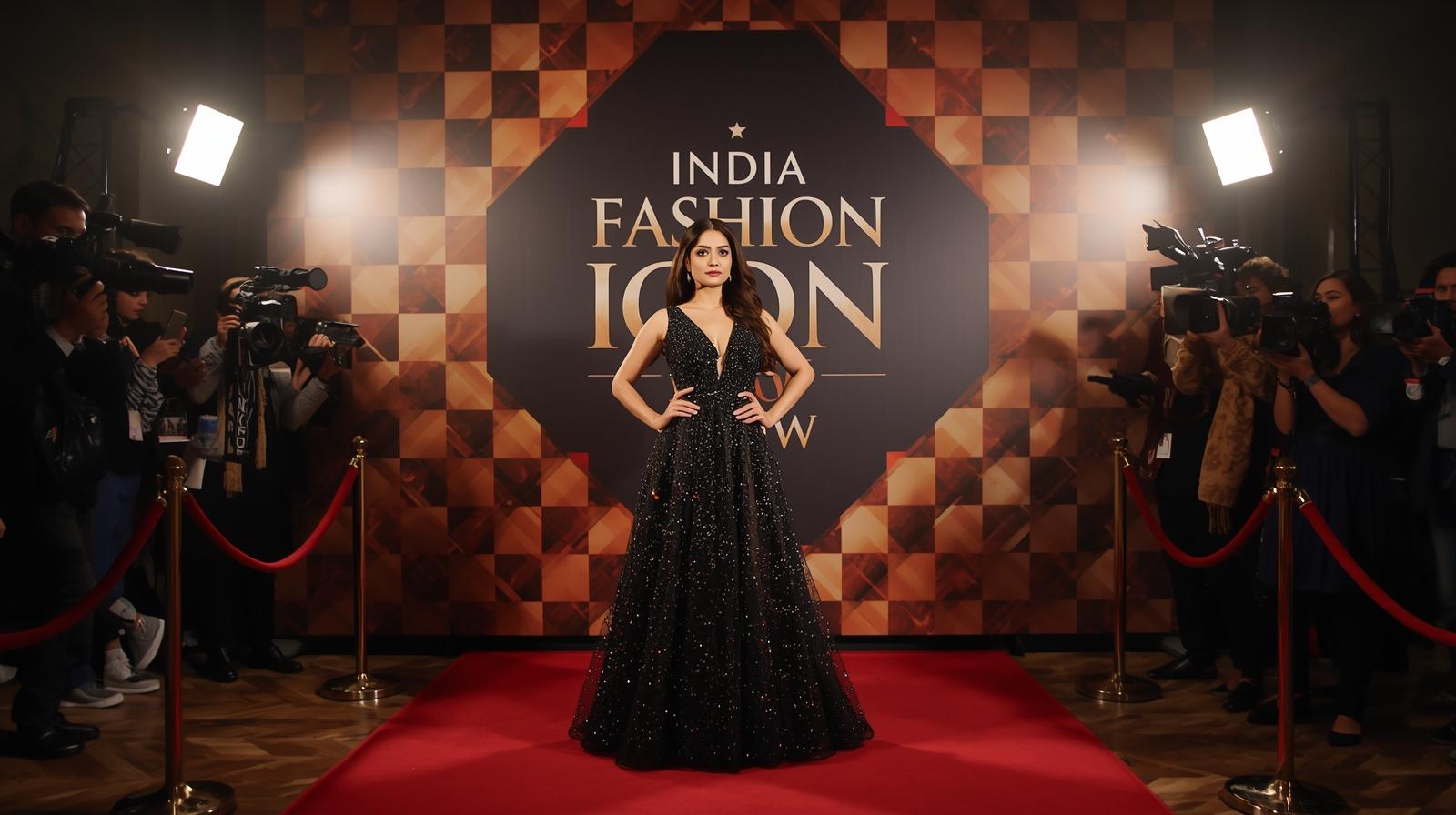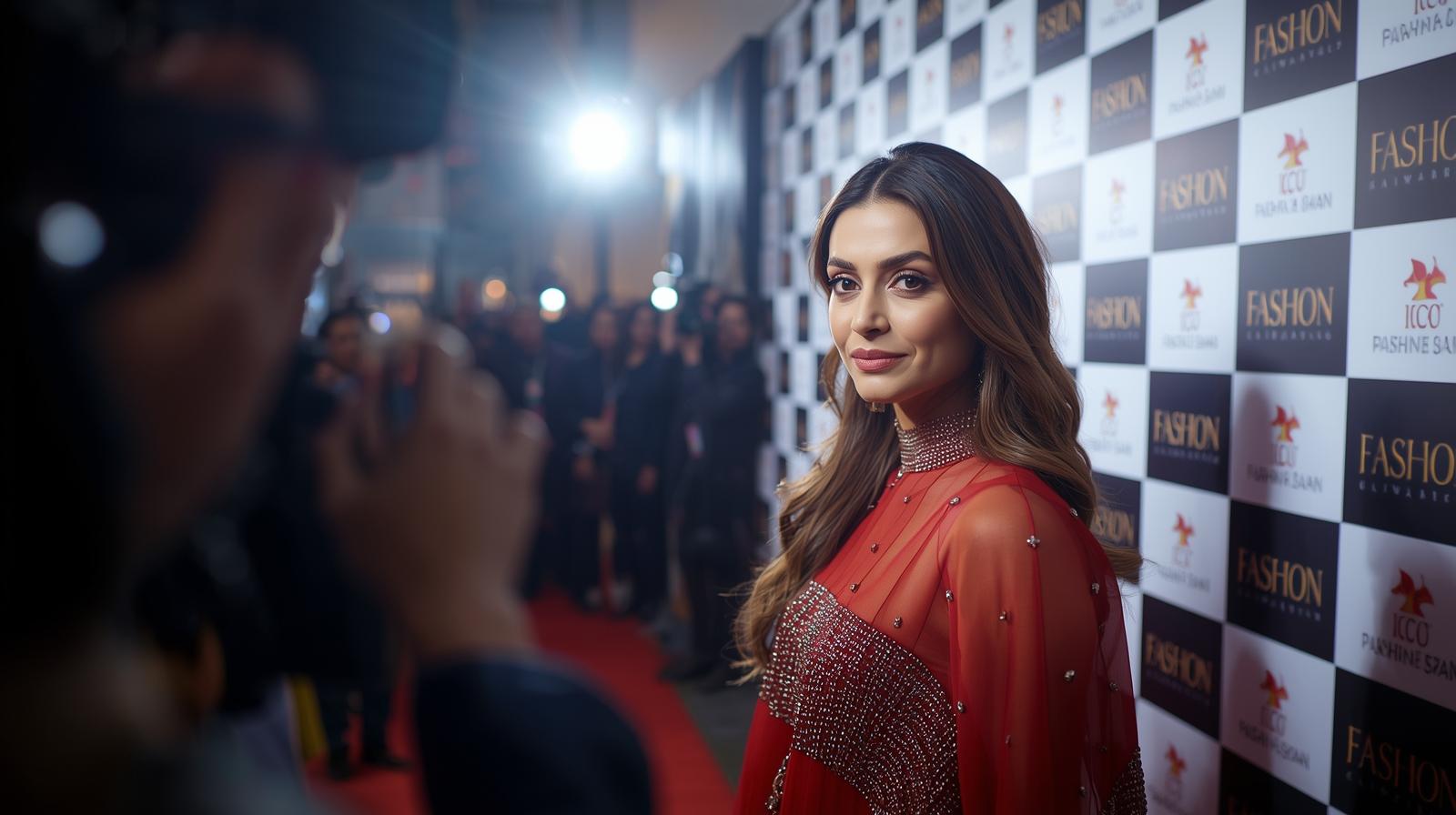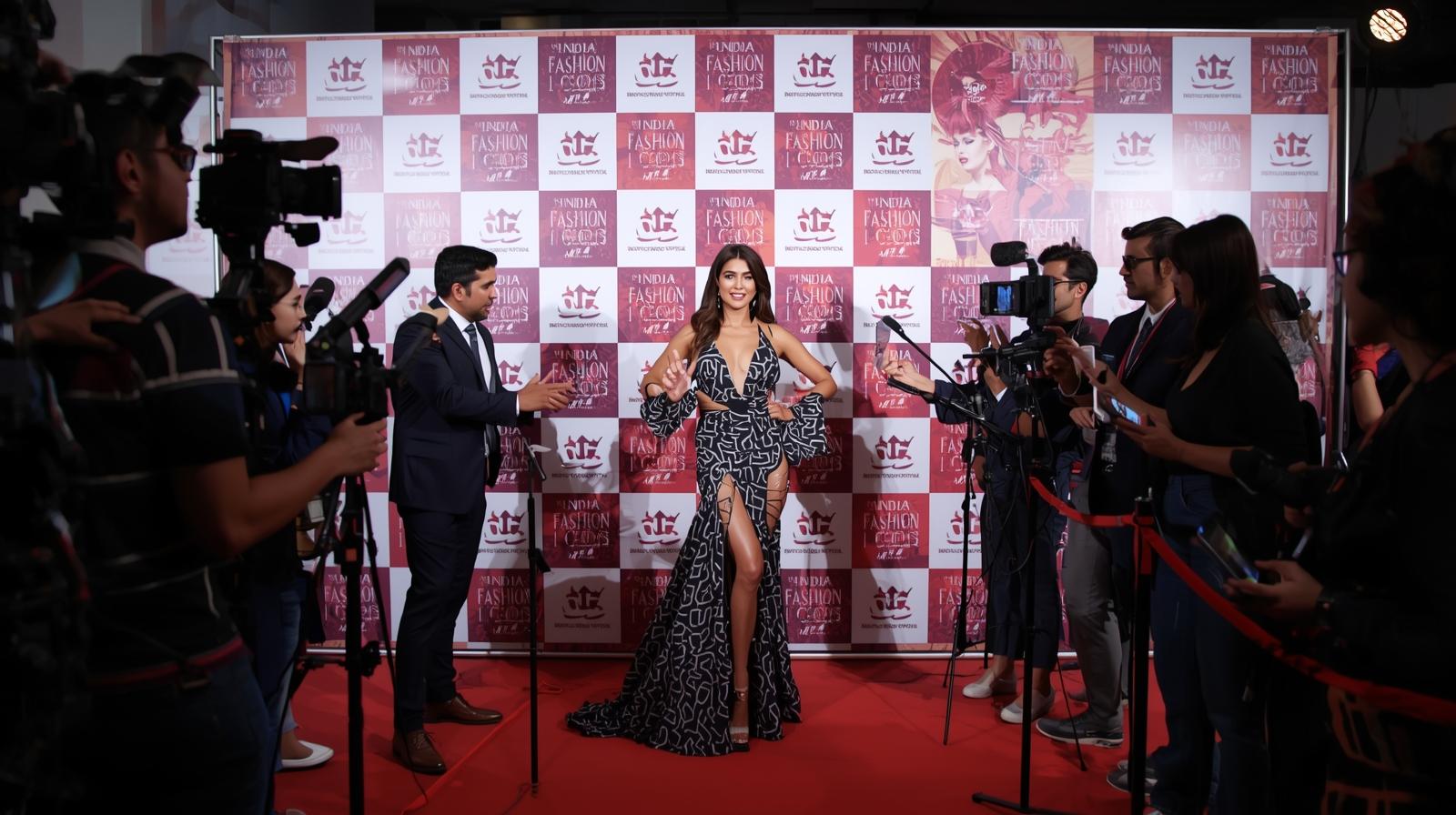What Makes Zari Authentic? A Deep Dive Into Tradition vs. Imitation
In India’s rich textile heritage, Zari stands as a symbol of luxury, craftsmanship, and cultural pride. Found in everything from Kanjeevaram sarees to Banarasi weaves, Zari elevates fabric into heirloom-worthy treasures. But with imitations flooding the market, how do we separate the genuine from the fake?
🌟 The Making of Pure Zari
Authentic Zari is not just thread—it’s tradition spun into silk.
-
Step 1: Pure silk threads are electroplated with copper.
-
Step 2: These are wrapped with real silver, varying between 15% to 92% purity.
-
Step 3: Finally, a gold coating is added, giving Zari its signature warm glow.
The result is a thread with a rich sheen, distinctive weight, and timeless durability. Each strand represents the skill of generations of artisans.
⚖️ Pure Zari vs. Imitation Zari
1. Materials Used
-
Pure Zari: Silk + real silver + gold coating.
-
Tested/Imitation Zari: Synthetic fibers or plastics with cheap metals.
2. Visual Appeal
-
Pure Zari: Soft, warm, elegant glow.
-
Imitation: Overly bright, flashy, and metallic.
3. Weight
-
Pure Zari: Heavier due to real metal content.
-
Imitation: Lightweight, often flimsy despite intricate looks.
4. Weaving Quality
-
Pure Zari: Tightly woven, with neat backsides.
-
Imitation: Loose threads, uneven finish.
🪔 Half Zari: The Middle Ground
Also known as CSG Zari, this type contains mostly copper with minimal silver and gold. While it delivers visual appeal, it lacks the authenticity of traditional Zari.
💎 Why Authenticity Matters
For many, Zari is the most valuable element of a saree. Unfortunately, many consumers unknowingly pay premium prices for imitations. Recognizing authentic Zari is about more than aesthetics—it’s about:
-
Preserving heritage weaving traditions
-
Supporting artisan livelihoods
-
Owning heirlooms that last generations
From Banarasis to Kanjeevarams, authentic Zari threads are what turn fabric into living history.

 info@indiafashionicon.com
info@indiafashionicon.com









